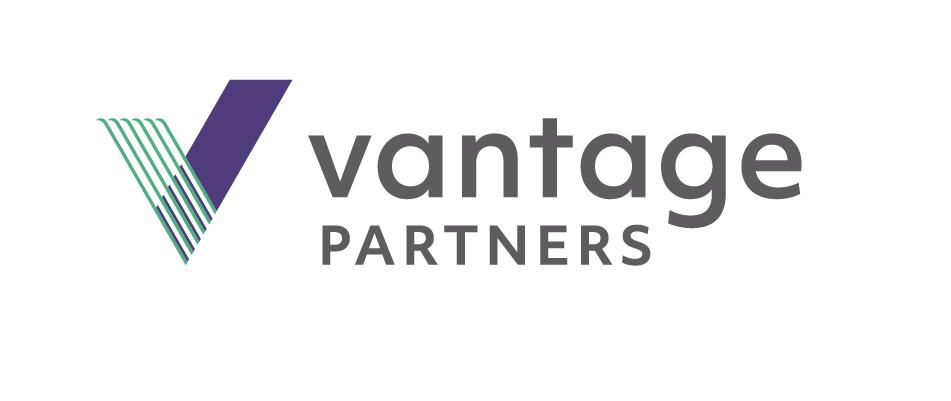
Originally published in 2022 on Mandel Communications blog
Finding it hard to hold attention and influence your colleagues and clients in meetings?
Brain fog could be the culprit. Read on to better understand the challenge of communicating in our current environment and how you can capture your listener’s interest in seconds – especially critical when your audience is exhausted, distracted, and foggy.
Mayo Clinic rehabilitation expert Billie Schultz, M.D. reported in a recent article that short-term memory loss, confusion, and difficulty concentrating are all things those suffering from “brain fog” may experience after recovering from COVID-19.
“‘Brain fog’ is just kind of this feeling that you’re trying to do something, and it’s taking more effort. It’s harder to do,” Dr. Schultz said.
Recent research led by Massachusetts General Hospital revealed that even those who aren’t experiencing long Covid may have inflammation in the brain that can affect mental health, triggered by the societal and lifestyle disruptions of the pandemic.
Beyond the continuing effects of Covid, people could also be dealing with Zoom fatigue, depression, sleep deprivation, the stress of juggling their role (or several roles) at work, finding childcare, or the return to a more regular in-the-office workday – all of which can impact energy, focus, and attention.
Hack Future Lab recently found that 68% of leaders surveyed report they or their people are at risk of overload and overwhelm.
It’s no surprise so many of us are moving through our days feeling foggy.
In this environment, people have limited brain bandwidth once they get on a virtual call or Zoom meeting with you. Even in person, trying to build a relationship, influence progress, or close a deal is just much harder. And what about when you are the one experiencing brain fog?
How you prepare and get clear on what you want to say in advance is more important than ever.
Communicate What Matters to Your Audience
When you are showing up for an important conversation or presentation, it’s essential to connect immediately with your audience. Why should they care about what you have to say? Why does it matter to them? If you can’t crisply explain the why, what you say next won’t matter.
According to Ben Parr, who has studied the science of capturing people’s attention, our view of the world is shaped by our biological, social, and personal experiences and biases. These frames of reference lead us to embrace and pay attention to some ideas and to ignore others entirely. To leverage this, you have to either adapt to your audience’s frame or change it.
More recently, numerous neuroscience studies have been run to see what best persuades people to take actions to benefit public health through the pandemic. How the information was presented in context of the individuals they were addressing made a difference on what actions the audience took.
Mandel’s communications framework (SCIPAB) is proven with thousands of professionals. Its first three steps are where you demonstrate your intimate knowledge of what your audience cares about most. You frame what you want to talk about in their terms. It’s the path to establishing trusted advisor status.
The Brain Fog Antidote: 3 Steps
Preparing for a successful meeting or presentation that holds listener attention requires some up-front time and energy. For those with brain fog, it may take longer than usual! Clear steps make it easier.
Here is what you can identify in advance to grab listener attention fast:
- S-Situation: Do your research. You need to know as much about their situation as possible, and then demonstrate in the first few seconds that you understand them better than anyone else. Whether that’s the state of their business, technology, industry, or strategy, your assessment should get heads nodding in agreement.
- C-Complication: Paint a picture of the issue they are trying to solve. What are the changes, pressures, demands, or opportunities at play? What is going on that makes this more than merely a business problem, but rather a critical problem worth solving?
- I-Implication: Create a sense of urgency that demands attention. What happens if this organization doesn’t act right away on the problem or opportunities you’ve described? Here is where you can share your deep insights into the issue and its ramifications.
All these steps should happen BEFORE you provide a solution to the problem.
Frame the conversation in their terms to get your audience engaged and keep them listening.
If you establish up front that you understand their issues, people are more likely to trust you and take on board your advice.
Clear, Persuasive Communication for Impact
We can’t solve brain fog, but we can help you get a better result at your next meeting. And then you can take that recharge nap, listen to music, walk the dog, or practice some mindfulness – all good ways to combat brain fog.
With practice, planning your communications using this framework can become second nature. Learn how to use our SCIPAB tool and start communicating for impact now!
You can see our full set of Communication Skills courses here.
.png?width=512&height=130&name=vantage-logo(2).png)

